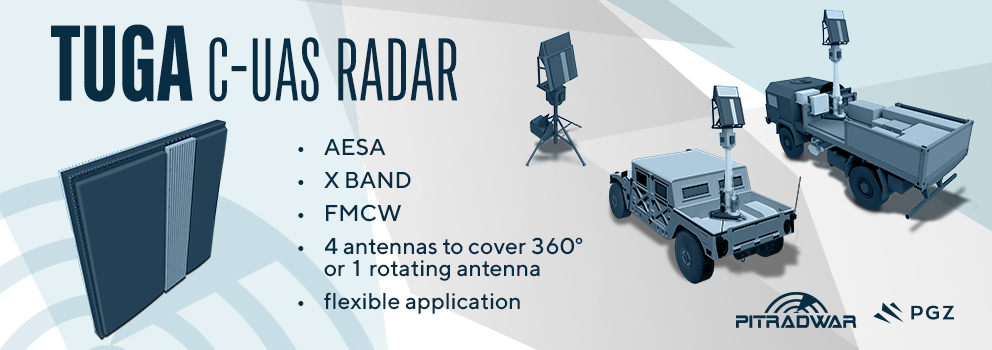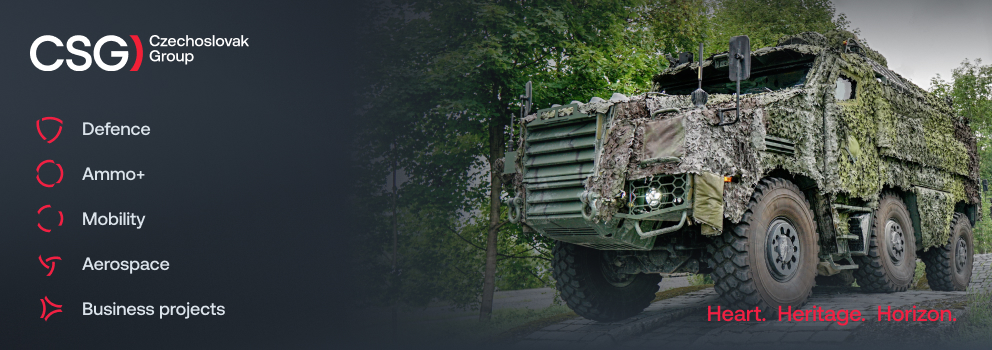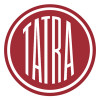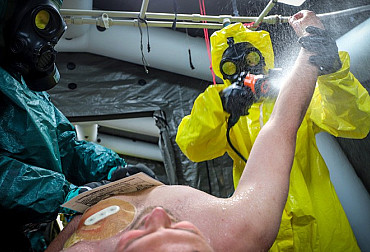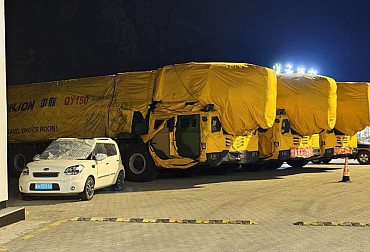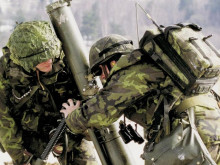Shooting standard of the Czech Army’s Land Forces: A New path to the same goal
The development of the global security situation clearly shows that a well-trained individual is still a fundamental element of the modern battlefield, on which ever greater demands are being placed, especially with regard to technological developments in warfare. However, it is important to remember that technological advantage over the enemy can only be fully exploited if it is based on a solid foundation of basic skills that each individual acquires and perfects through continuous training. The rule here is that every soldier, regardless of their specialization, is first and foremost a shooter, and therefore acquiring basic shooting skills and then perfecting them not only makes a soldier a soldier, but is also the cornerstone for transforming a soldier into a warrior, which is crucial in the transition from a peacetime army to a wartime army.
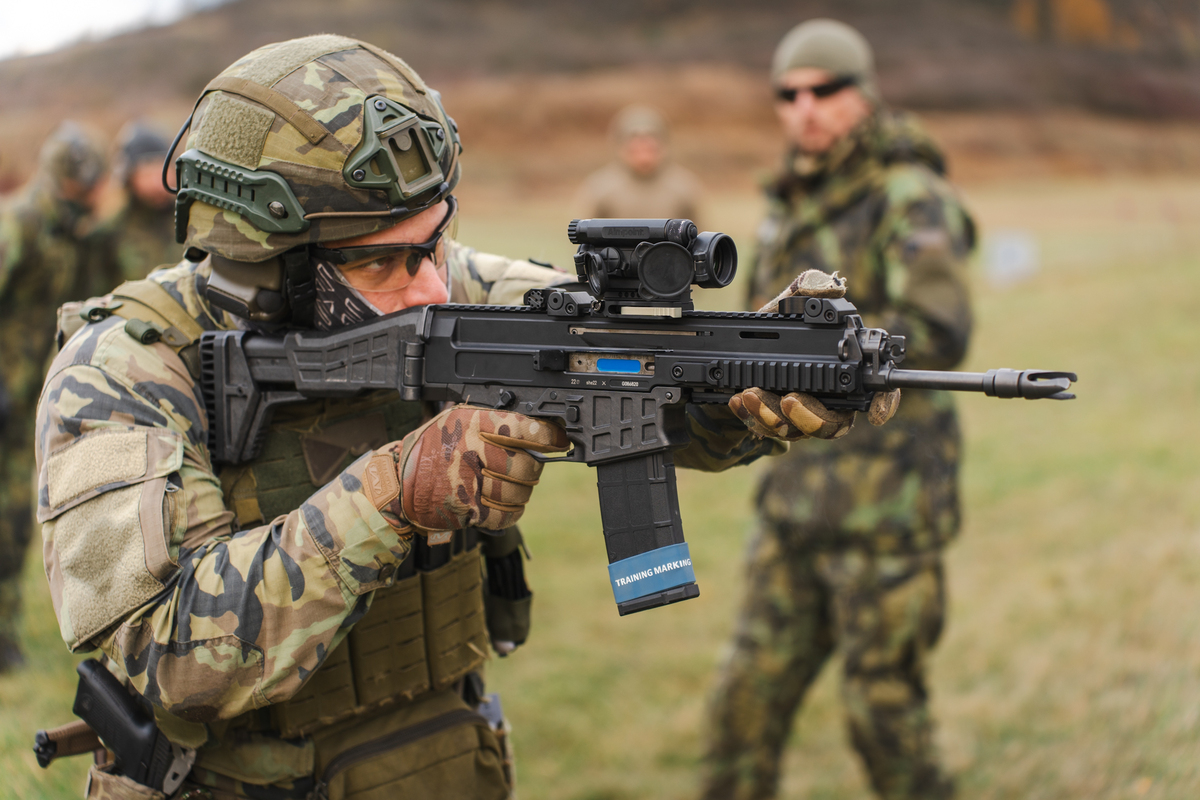
The operational readiness of units is a fundamental task and responsibility for commanders of the armed forces, starting with the Chief of the General Staff of the Czech Armed Forces, in which senior officers of the armed forces and subsequently subordinate units play a key and irreplaceable role in building and developing these individual capabilities. The ground forces, as the largest of the armed forces, are a decisive element of the Czech Armed Forces in the land combat domain, where the individual capabilities of individuals are a key building block for the combat capability of higher organisational units and also an important element for the joint conduct of land operations by all armed forces units.
As the command of the Czech Army Ground Forces is fully aware of this fact, the Commander of the Ground Forces has decided, as part of the unification, streamlining, and advancement of firearms training towards a progressive style of training, to introduce a basic standard of skills and abilities for members of the Ground Forces. This standard is designed for combat units as well as combat support and combat security units and is a projection of basic shooting skills combined with grenade throwing at a target. These standards were developed and tested in the environment of the 4th Rapid Deployment Brigade and cover the basic portfolio of ground forces' small arms, including throwing hand grenades at a target, which is performed in full tactical gear during the actual shooting standard.
The path to standardization: Mission Command in practice
When creating the standards, a decentralized approach to task fulfillment was fully implemented, whereby the commander's intention was translated into a target form by a team of shooting instructors. These standards were based on existing exercises that had been gradually implemented in the training of rapid response units since 2018 and 2020, respectively. These exercises were originally developed as validation exercises for a multi-level training system, but they fully covered basic shooting skills, where the stress factor and shooting difficulty were subsequently increased, leading to the full integration of the soldier with his equipment and weapons in mastering the execution of maneuvers through shooting, movement, and full communication skills.
Standard: what it looks like, how it is implemented, and how it is evaluated
The standard for firearms training for members of the Czech Army Ground Forces is a comprehensive set of skills that soldiers must master for effective combat deployment. Its goal is to ensure that every soldier, regardless of their specialization, is able to perform tasks on the battlefield with maximum efficiency. The standard is designed to reflect real combat conditions, include regular training and skill improvement, and enable soldiers to transition from peacetime to wartime deployment with minimal delay.

The combat unit standard is designed for all the main hand weapons of the squad, i.e., machine gun, assault rifle, and sniper rifle. Everything is, of course, supplemented by pistol fire, which is, however, only considered a backup weapon, and pistol ammunition is therefore in a ratio of one to four compared to the number of rounds in an assault rifle. As mentioned above, grenade throwing at a target is also included, which in combat units is even upgraded to throwing two hand grenades, the first from a standing position behind an obstacle, the second from a kneeling position and again from behind cover. To ensure the ability to move while shooting, shooting while moving, after moving, and from various positions, working with four magazines in the holster, and, of course, changing the distance to the target is implemented as standard.
The entire exercise begins with a signal from a timer, i.e., a device measuring the speed of fire, followed by the shooter's movement. The shooter is equipped with 40 rounds for an assault rifle stored in four magazines of ten rounds each, ten rounds for a pistol in one magazine, and two hand grenades. After crossing the first firing line, the shooter fires while moving toward cover (a screen) at a target 10 meters away, where the hit zone is a 40x30 cm rectangle. After using five rounds, the shooter continues firing while moving forward (or from cover, if the movement has been completed) at target number two, which is 15 meters from the firing line, and fires five more rounds at a target measuring 30x20 cm. After using up the ammunition in the assault rifle, the shooter does not reload the assault rifle, but immediately switches to the backup weapon and fires four shots from the pistol at the same target. He then moves to a closer target five meters from the hiding place and fires four shots again, this time at a 10x15 cm target area.
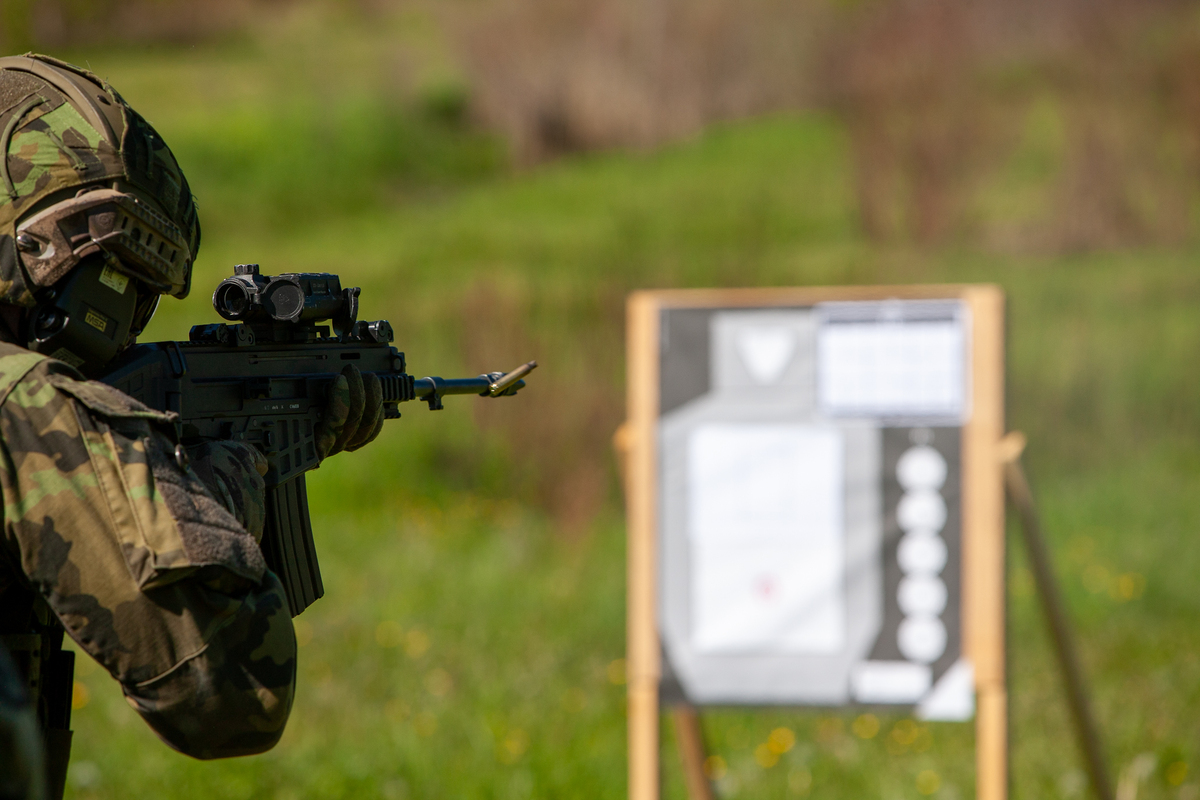
At this point, the shooter takes action to regain situational awareness of their surroundings and break out of tunnel vision, holsters the pistol, and it is now time to force-reload the assault rifle. This reloading is performed while kneeling, in cover. After reloading the assault rifle, the first grenade is removed and thrown at a target 20 meters away from a standing position, where the impact zone is an area measuring 5x5 meters. After the grenade explodes, the shooter fires five shots from a standing position, using a screen for cover, at a target 120 meters away. He then moves to a target 170 meters away, at which he fires five shots from the same position. Both targets are metal IDPA figures that respond immediately when hit. After using all the ammunition in the magazine, the shooter takes cover behind the screen and performs a forced reload of the assault rifle.
After reloading, the second grenade is thrown 20 meters away, where, depending on the selected difficulty level, either the same 5x5 meter area or a 1x1 meter window is hit, also at a distance of 20 meters. The shooter then assumes a prone position and fires five shots at each of the distant targets. After using all ammunition, the shooter performs a forced reload while prone in cover, then fires from a kneeling position at a nearby target, with the hit zone still a 20x30 cm rectangle. The shooter then begins to move backward and, upon sighting the nearest target, fires while moving backward at the first target, which is 40x30 cm in size. After using up the ammunition in the assault rifle, the shooter switches to the backup weapon and fires two shots from the pistol at a 20x30 cm target from the place where they moved. This completes the standard.
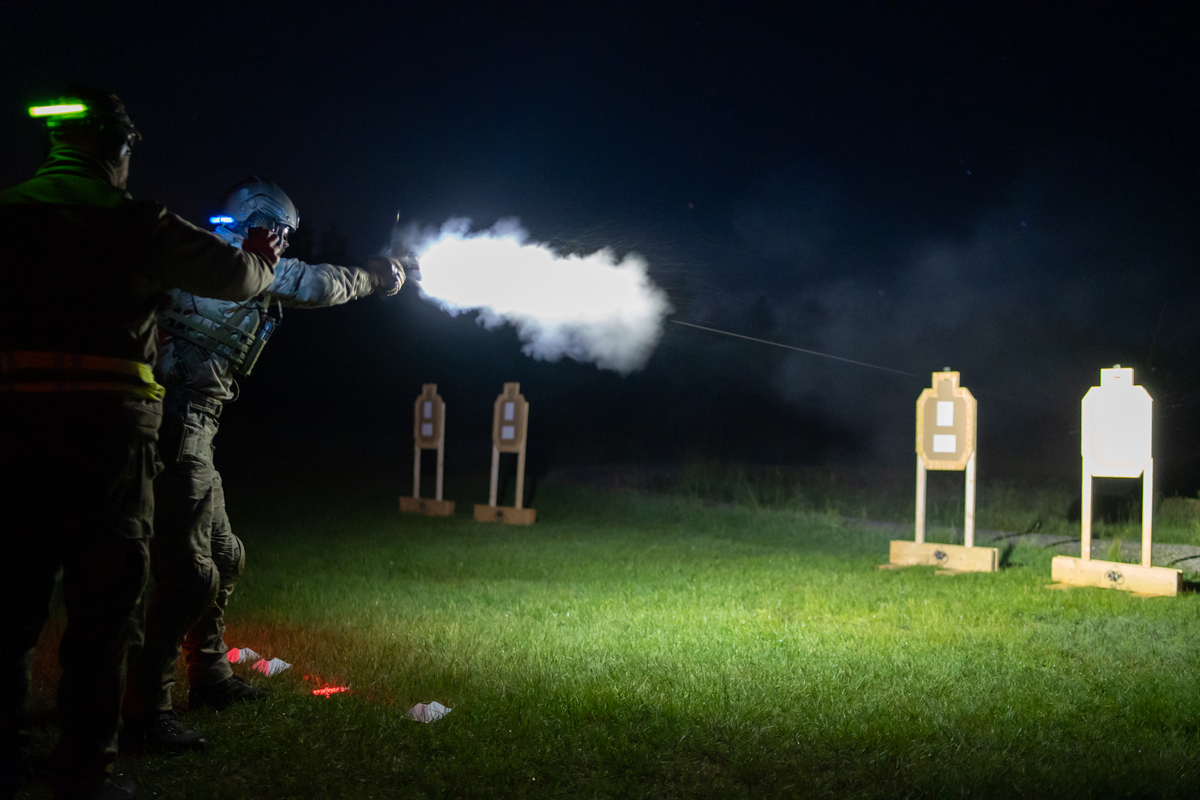
The time standard for the entire standard is 120 seconds, or 150 seconds in the case of shooting in reduced visibility with night vision devices. The evaluation is divided into three categories, where the basic criteria are the number of hits, including hits in the zones for hand grenades. A major step forward in shooting training is the introduction of UTM simulation ammunition, which reduces the distance to the target but allows training to be conducted outside military shooting ranges. For machine guns and rifles for precision shooting, the distances and number of rounds have been modified to reflect the caliber of these weapons and thus their effective range, and subsequently their equipment with optical devices.
The standard for combat support and combat security units logically takes into account their intended purpose, and therefore the standard itself has undergone certain changes. You will not find shooting while moving, but only a change of position, only one grenade is thrown instead of two, the number of rounds has been reduced to 20 for assault rifles and five for pistols, and there is only one distant target, at a distance of 150 meters. However, the option to use UTM ammunition or shoot in low visibility conditions with night vision devices remains.
The exercise itself begins with shooting at a target five meters away, measuring 10x15 cm. After firing five rounds from the assault rifle, the shooter switches to a backup weapon and fires two rounds at a target 10 meters away, measuring 20x30 cm. They then perform actions to gain situational awareness and locate a target at a distance of 150 meters. They switch to a kneeling position, where they perform a forced reload of the assault rifle as quickly as possible and simultaneously change position, then fire four shots at the target at a distance of 150 meters as quickly as possible. He performs a tactical, i.e., non-forced, reload of the weapon and fires six shots at the same target from a prone position. After firing six shots, the shooter performs a forced reload while lying down and prepares to throw a hand grenade into a marked 5x5-meter area 20 meters away from the shooter. The grenade is thrown from a kneeling position and, as there is no cover or concealment, the shooter remains prone until the grenade explodes. The shooter then fires five shots from a kneeling position at a target 10 meters away, with a 20x30 cm hit zone. After using up the ammunition in the assault rifle, the shooter transitions to the backup weapon while kneeling and fires three shots at a 10x15 cm target five meters away.
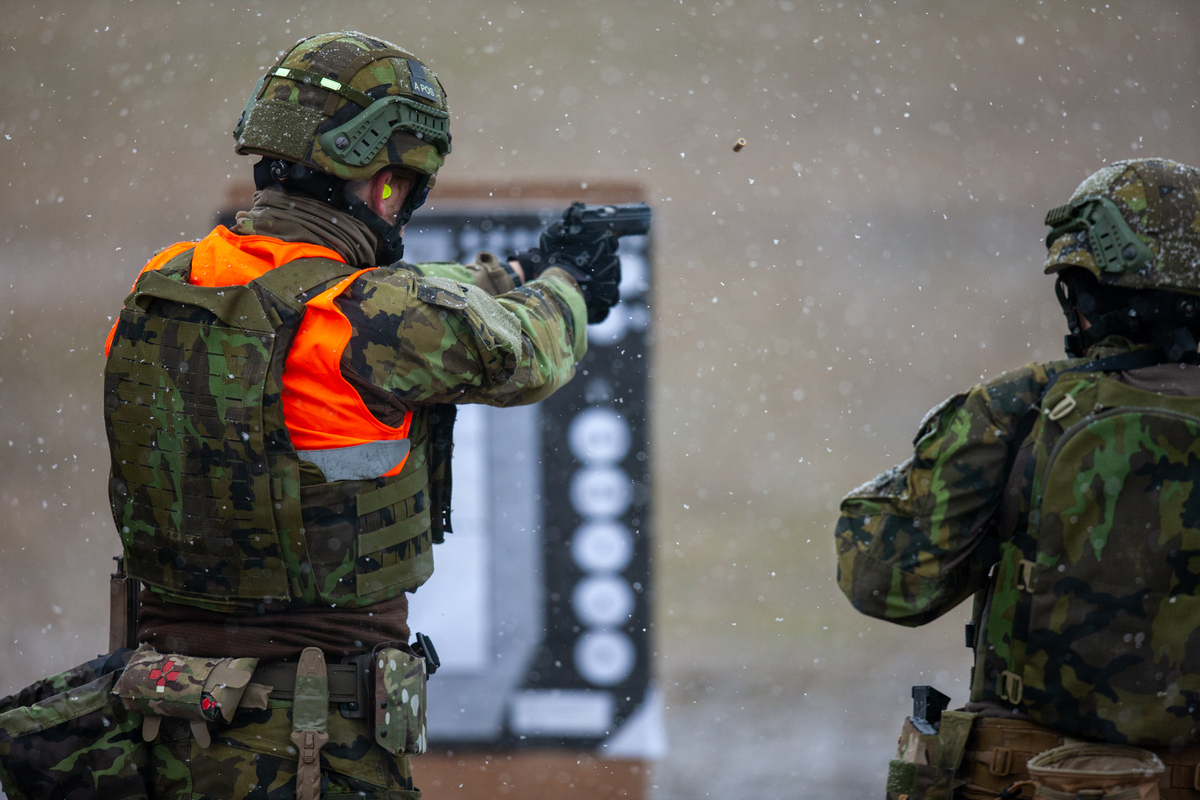
Standard as a combat skill
The introduction of a new shooting standard for the Czech Army Ground Forces represents a significant step towards increasing the combat effectiveness and readiness of individuals in various combat situations. This standard not only provides a structured and progressive approach to training, but also ensures that every soldier, regardless of their specialization, is equipped with the necessary skills and abilities to effectively perform their tasks on the battlefield. Thanks to the implementation of these innovative methods, the army is becoming more flexible and better able to adapt to the changing conditions and challenges of the modern battlefield, which is key to the successful conduct of operations and the protection of national security. With this approach, the Czech Army Ground Forces will not only increase combat effectiveness but also lay a solid foundation for future training methods that will reflect current security challenges.
Individual capability, collective progress, target readiness
The aim of this change is only to set a basic target state that will lead to better preparedness and mutual integration of ground forces units into task groups. This is a description of the target capabilities that each individual must achieve in the area of marksmanship training, which is the cornerstone for performing tasks in real combat and building marksmanship and tactical skills. The standard is by no means an immutable dogma, but a living organism that will continue to evolve and be updated in line with the needs and developments of the modern battlefield. A key condition will be a proper understanding of how to work with the standard, an open mind to progressive change, and subsequently the acceptance and reorientation of the mindset of each individual member of the ground forces so that the target state is acceptance and a desire to achieve full capability to actively use the assigned weapons in the performance of real combat tasks.
The introduction of this standard is an important step towards creating ground forces capable of responding quickly to new challenges on the modern battlefield. Soldiers who master these skills will not only be better prepared to engage the enemy, but will also be able to effectively leverage the technological advantage provided by their weapons and equipment. The training process, which involves regularly increasing the difficulty and stress levels, ensures that every soldier becomes a true warrior capable of performing tasks with maximum commitment, both in peacetime and in wartime.
